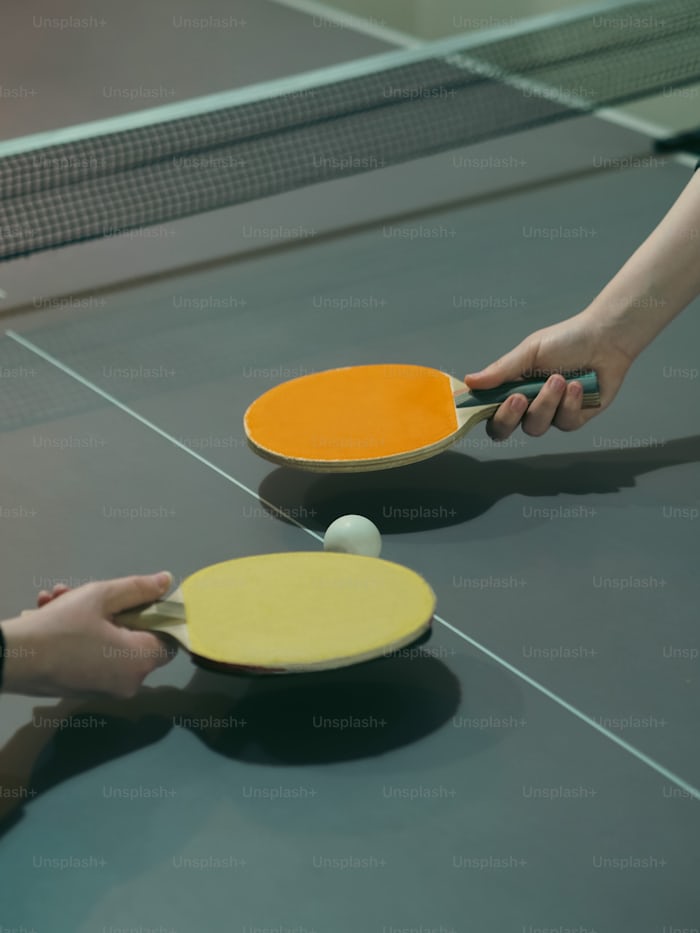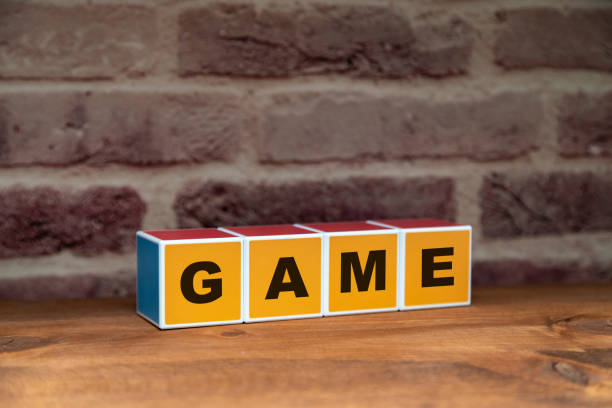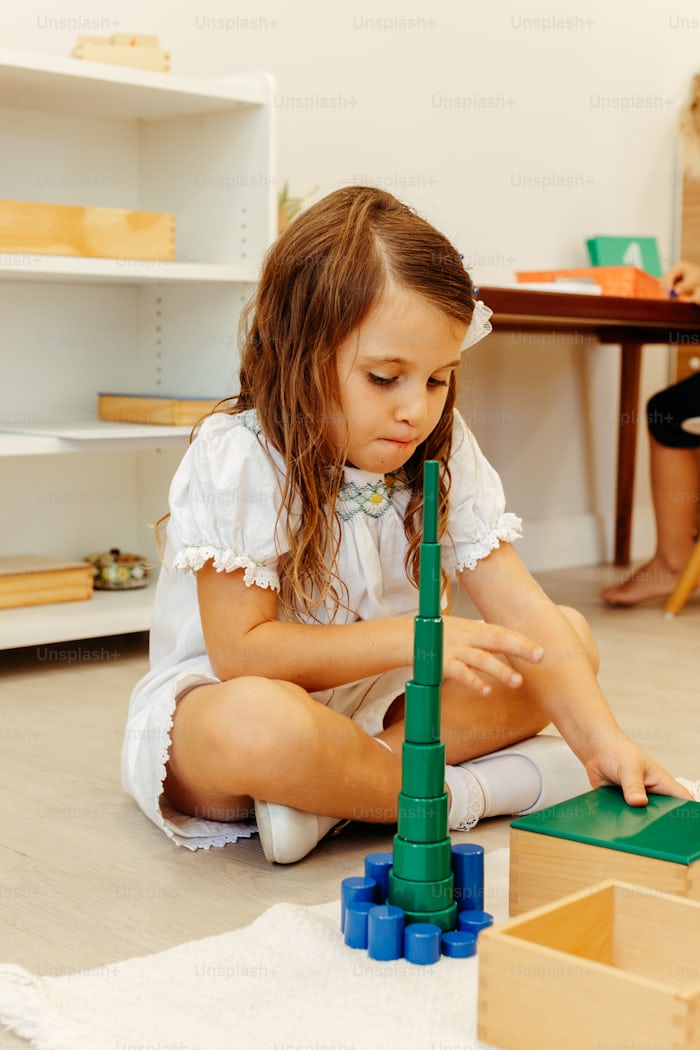Ping pong, also known as table tennis, is a popular game enjoyed by people of all ages around the world. Whether you’re a beginner looking to learn the basics or an experienced player aiming to improve your skills, having a quality ping pong table can make a big difference. This guide will walk you through everything you need to know about choosing the perfect ping pong table for your home, office, or recreational space.
1. Understanding the Basics of a Ping Pong Table
A standard ping pong table is rectangular, measuring 9 feet long, 5 feet wide, and 30 inches high. The table is divided into two halves by a net that stretches across the middle. The surface is usually made of a smooth material that allows the ball to bounce consistently, which is crucial for a good game. The color of the table is typically dark green or blue, with white lines marking the edges and center.
Ping pong tables come in various styles and designs to suit different needs and preferences. Some are designed for indoor use, while others are built to withstand outdoor conditions. There are also compact, foldable versions available for those with limited space. Understanding the different types of tables and their features is the first step in choosing the right one for you.
2. Types of Ping Pong Tables
There are several types of ping pong tables, each designed to cater to specific needs and environments:
- Indoor Ping Pong Tables: These are the most common type and are typically used in homes, offices, and recreational centers. They are made of medium-density fiberboard (MDF) or a similar material, which provides a smooth playing surface. Indoor tables are not designed to withstand weather conditions, so they should be kept in a climate-controlled environment to avoid warping or damage.
- Outdoor Ping Pong Tables: Made with weather-resistant materials like aluminum or galvanized steel, outdoor tables are built to endure various weather conditions, including rain and UV exposure. The playing surface is usually coated with a special finish to protect it from moisture and temperature changes. These tables are perfect for those who want to play outside in a garden, patio, or park.
- Conversion Tops: A conversion top is an ideal choice if you already have a sturdy table, such as a pool table, that you want to transform into a ping pong table. These tops are placed on top of an existing table to create a playing surface, providing a versatile and space-saving option.
- Mini and Midsize Tables: For those with limited space, mini or midsize ping pong tables offer a compact alternative. These tables are smaller than regulation size but still provide a great playing experience. They are perfect for kids or casual play and can be easily stored when not in use.
- Foldable and Portable Tables: These tables are designed for easy storage and transport. They usually have wheels and a folding mechanism that allows them to be compacted and moved with ease. Foldable tables are a great choice for those who need to save space or want to be able to move the table between different locations.
3. Factors to Consider When Choosing a Ping Pong Table
When selecting a ping pong table, there are several factors to consider to ensure you get the best one for your needs:
- Space Availability: Measure the space where you plan to place the table to ensure it will fit comfortably. Remember to leave enough room around the table for players to move freely. Ideally, you should have at least 5 feet of space on each end and 3 feet on each side of the table.
- Playing Surface Thickness: The thickness of the table’s playing surface affects the bounce quality of the ball. Tables with a thicker surface (at least 3/4 inch or 19 mm) provide a more consistent bounce and are better suited for serious players. Thinner surfaces (5/8 inch or 16 mm) are suitable for casual or recreational use.
- Build Quality and Durability: Look for tables made from high-quality materials that can withstand regular use. For indoor tables, MDF or solid wood is a good choice. For outdoor tables, look for weather-resistant materials like aluminum or synthetic laminate.
- Net and Post System: A good net and post system is crucial for proper gameplay. Some tables come with a fixed net, while others have a detachable net. Look for a system that is easy to install and adjust for tension.
- Portability and Storage: If you need to move the table frequently or store it when not in use, consider a foldable or portable model with wheels. These tables are designed for easy handling and can be compactly stored in a closet or garage.
- Budget: Ping pong tables vary widely in price, from affordable entry-level models to high-end professional tables. Determine your budget beforehand and choose a table that offers the best value for your money. Remember that investing in a higher-quality table can enhance your playing experience and ensure the table lasts longer.
4. Setting Up Your Ping Pong Table
Once you’ve selected the perfect ping pong table, setting it up correctly is essential for an optimal playing experience. Here are some steps to help you get started:
- Find a Suitable Location: Choose a flat, level surface that provides enough space around the table for players to move freely. Ensure the area is well-lit to improve visibility during gameplay.
- Assemble the Table: Follow the manufacturer’s instructions carefully to assemble the table. This usually involves attaching the legs and support brackets, installing the net and post system, and ensuring the table surface is level.
- Adjust the Net: Make sure the net is taut and positioned correctly at the center of the table. The net should be 6 inches high and stretch across the width of the table without sagging.
- Prepare Your Equipment: Gather the necessary equipment, including paddles and ping pong balls. High-quality paddles and balls can improve your playing experience and help you develop better skills.
- Test the Table: Before starting your first game, test the table by bouncing a ball on the surface. The ball should bounce consistently and evenly. Adjust the table or net if necessary to ensure a fair playing surface.
5. Tips for Maintaining Your Ping Pong

Table
To keep your ping pong table in good condition and extend its lifespan, it’s important to perform regular maintenance:
- Clean the Surface: Wipe down the table surface with a soft, damp cloth after each use to remove dust and debris. Avoid using harsh chemicals that could damage the finish.
- Protect from Moisture: Keep indoor tables away from areas with high humidity or direct sunlight to prevent warping or fading. If you have an outdoor table, use a protective cover when not in use to shield it from the elements.
- Inspect the Net and Posts: Regularly check the net and post system for signs of wear or damage. Replace any worn-out components to maintain proper tension and height.
- Store Properly: If you have a foldable table, store it in a dry, cool place when not in use. Ensure the table is securely locked in its folded position to prevent accidental damage.
- Check for Leveling: Over time, tables can become uneven due to wear or an uneven floor surface. Periodically check and adjust the table’s leveling to maintain a consistent playing surface.
6. Conclusion
Choosing the right ping pong table can enhance your enjoyment of the game and provide a great way to stay active and socialize with friends and family. By considering factors such as space availability, table type, playing surface, and build quality, you can find the perfect table that suits your needs and preferences. With proper setup and maintenance, your ping pong table can provide years of fun and competitive play.
Whether you’re a casual player or a serious enthusiast, investing in a quality ping pong table is a decision you won’t regret. So, grab your paddle, invite some friends over, and enjoy a thrilling game of ping pong!






2 thoughts on “The Ultimate Guide to Choosing the Perfect Ping Pong Table”